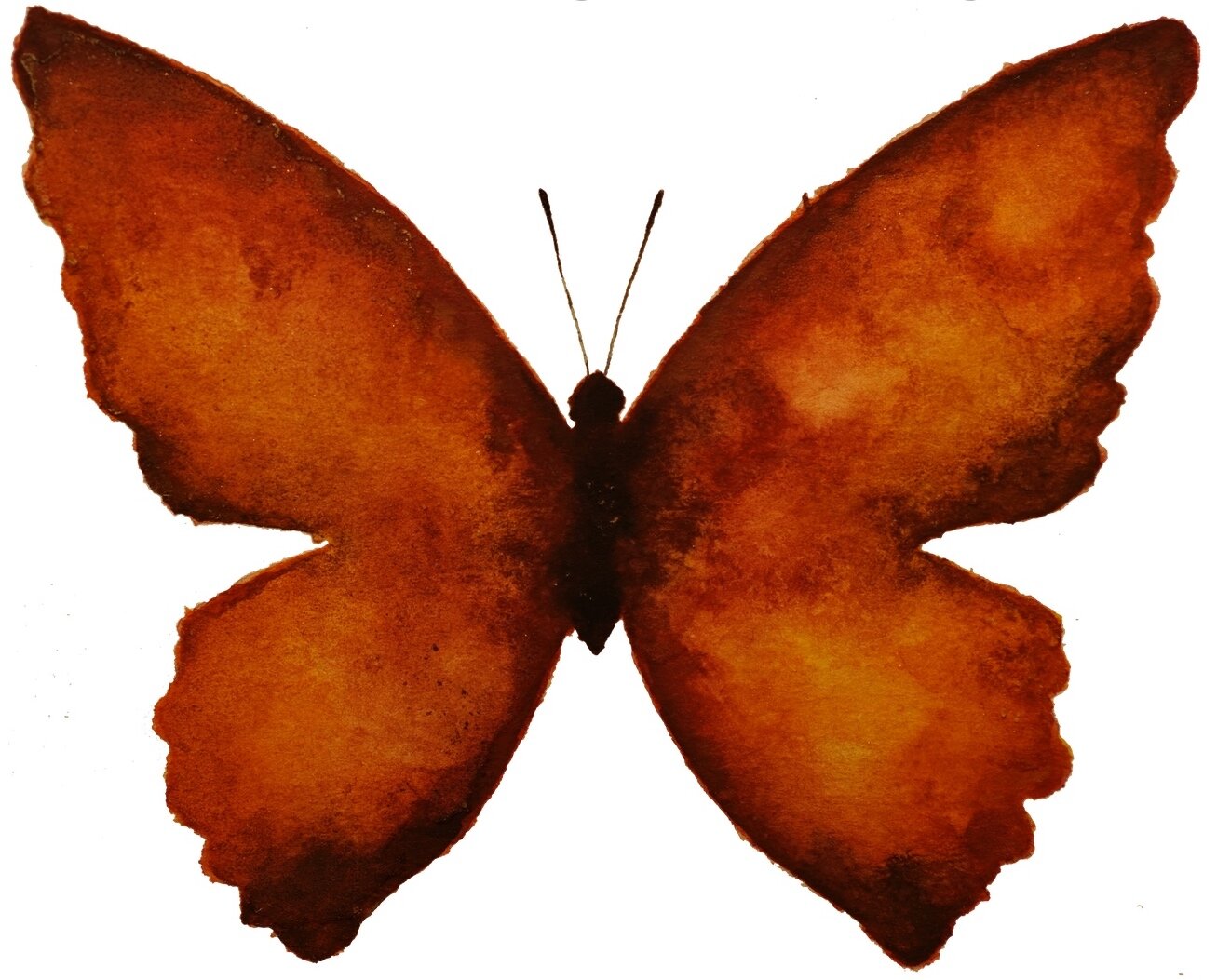Coping Skills for Anxiety: Riding it Out

image by Sunova Surfboards
One useful tip for coping with anxiety is to practice riding it out, rather than trying to resist or fight it. Fighting anxiety takes energy and causes stress. In this week's podcast we're talking about the practice of going with the flow and how it can save your energy and protect you from feeding into your anxiety and increasing it.
When our thoughts are stirred up by anxiety or unwelcome negative emotions they crash in and out of our minds like waves. Big waves might be challenging, or even frightening, to an inexperienced swimmer, but they are no problem to someone who knows how to float on top of them.
The point of this metaphor is that we can all learn to float, instead of letting the waves of anxious thinking knock you off your feet and swamp you, you can practice floating with them and letting them wash in and out without tensing up and resisting.
The trick is to understand that anxiety also comes in waves: it comes and it goes. The waves of anxiety don't stay forever, they will eventually roll back and leave you with some breathing space.
Resistence is Futile
"What you resist persists." Carl Jung
It isn't possible to hold back the waves in the ocean, and to try and hold back the waves in our minds is also impossible. In addition to being impossible, trying to hold back anxious thoughts is exhausting. When we learn to float with our thoughts and let them wash in and wash out without taking them too seriously anxiety has less impact on our minds.
Embrace the knowledge that anxiety waves will pass, let them come and go in all their temporary drama, watch and wait.
Tools to Help You Relax and Ride Anxiety Out
One thing that can help you ride out the waves of anxiety is combining a simple acupressure point for anxiety with some relaxing breathing.
As soon as anxiety strikes and you feel those waves crashing into your mind just press your right thumb into the centre of the palm of your left hand, and hold it there, with firm but gentle pressure for a minute. This point calms the disturbance underlying anxiety in your body; it is shared with thanks to the renowned Ayurvedic teacher Dr Vasant Lad.
As you hold this calming point breathe out and empty your lungs completely and then take a long slow breath in through your nose and hold it for a moment or two before releasing it slowly through your slightly open mouth. Breathe out as slowly and completely as you can, and then repeat.
Using Your Breath to Relax Your Mind
When you slow and steady your breath, you have a direct influence on the intensity of your thoughts. Yoga and Ayurveda both teach that there is a direct relationship between the pattern of your breathing and the rate of your thinking. You can't hold back the waves of anxiety, but you can use your breath to calm them down.
Just like the waves on the ocean are calmer when the wind is calmer, using the calming point and your breath you can calm your own weather system and you will experience more gentle waves. The more you practice, the less power anxiety will have over you, you can learn to float with it and let it pass as you develop a deeper sense of detachment and relaxation.

Discover more anxiety breathing techniques in the Slayer Store:
Anxiety Breathing Technique - Silent Witness
Anxiety Relief Breathing Calm
